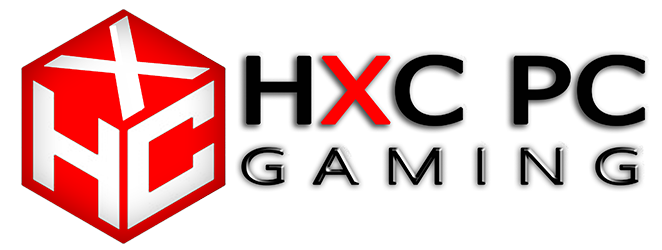Ever since the Nintendo Switch 2 specifications were leaked, fans and experts have been wondering whether Nintendo’s new console would be closer in power to last generation’s Sony PlayStation 4 or this generation’s Microsoft Xbox Series S.
During our recent interview with Virtuos, we received what is possibly the most in-depth technical explanation to date, courtesy of Eoin O’ Grady, Technical Director at Black Shamrock (a Virtuos subsidiary), who revealed that games already running at 60 frames per second on the Xbox Series S shouldn’t be hard for the Nintendo Switch 2 to run.
GPU-wise, the Switch 2 performs slightly below the Series S; this difference is more noticeable in handheld mode. However, the Series S does not support technologies like DLSS, which the Switch 2 does. This makes the GPU capabilities of the two consoles comparable overall. CPU-wise, there is a clearer distinction between the two consoles. The Switch 2 is closer to the PlayStation (PS) 4 in this respect, having a CPU just a bit more powerful than the PS4’s. Since most games tend to be more GPU-bound than CPU-bound when well optimized, the impact of this difference largely depends on the specific game and its target frame rate. Any game shipping at 60 FPS on the Series S should easily port to the Switch 2. Likewise, a 30 FPS Series S game that’s GPU-bound should also port well. Games with complex physics, animations, or other CPU-intensive elements might incur additional challenges in reaching 30 or 60 FPS or require extra optimization during porting.
One of the key performance accelerators for the Nintendo Switch 2 is, of course, the upscaler NVIDIA DLSS. We asked him why not many games support it so far, and this was his answer:
For games like Mario Kart World or the upcoming Donkey Kong Bananza, which feature stylized cartoon-like aesthetics, DLSS may not be needed. Mario Kart, for instance, was in development for many years with the original Switch in mind. Games like these aren’t trying to push graphical fidelity; they have different goals for their art content and tend to hit 60 FPS without relying on DLSS. For third-party games, it’s worth noting that Cyberpunk 2077 has shipped with DLSS. Compared with the Xbox Series S and PS4 versions, DLSS evidently offers better upscaling technology, making a strong case for developers to implement it. More importantly, there are also other games that could benefit from DLSS, but don’t currently utilize it—that often comes down to how these titles are being ported. It is not as simple as taking the PC DirectX implementation of DLSS and running it on the Nintendo Switch 2. Instead, DLSS has to be integrated through Nintendo’s NVN2 graphics API, and the extra work required for this might have been deferred by some developers for their initial ports.
Have you bought a Nintendo Switch 2 yet? Let us know below in the comments.

